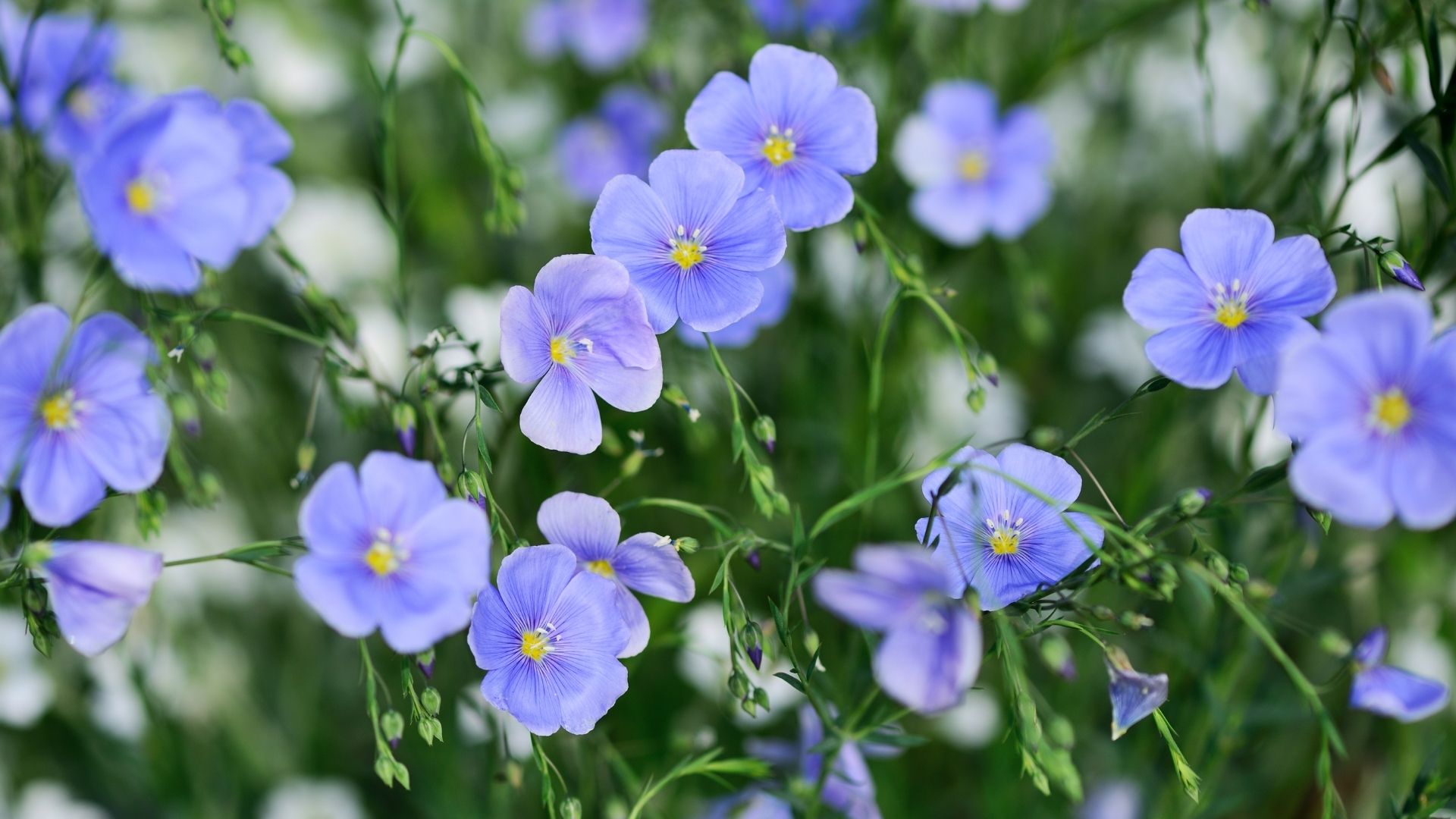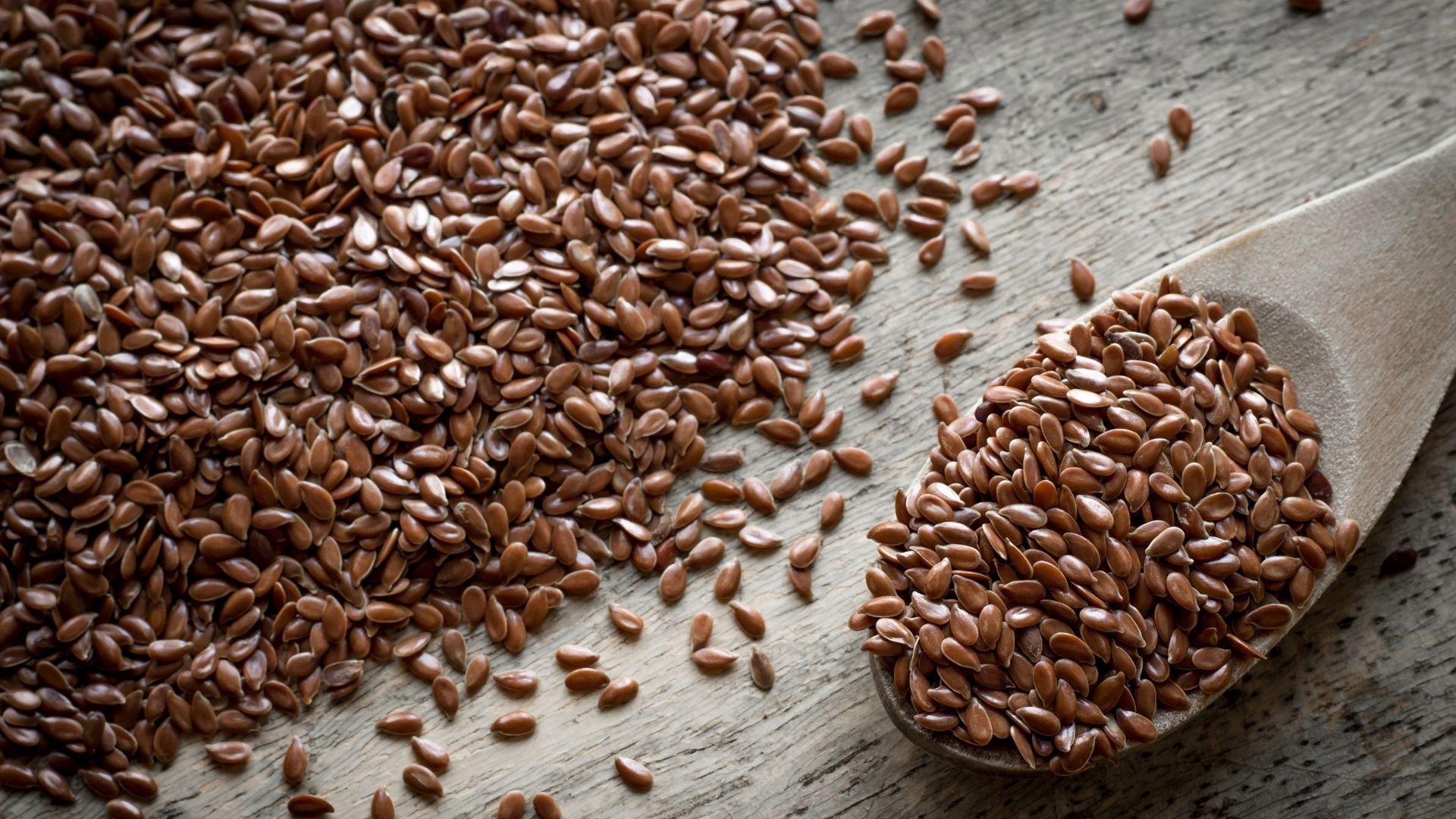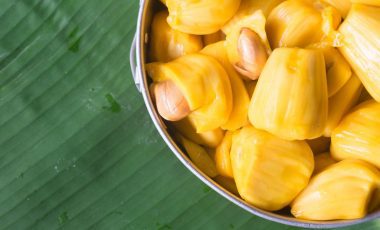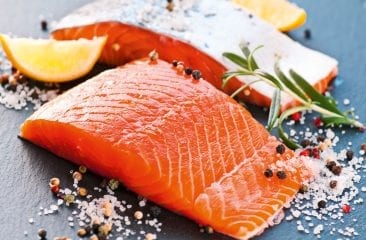These small, unassuming seeds are really something else. Here, you’ll learn everything you need to know about this local super food.

Whether in your yoghurt, as a salad topping or in your bread: These brown seeds are small but they pack a powerful punch! Beside their many uses in the kitchen, these nutty little powerhouses contain a ton of healthy substances. To find out why linseed is a true superfood, which health benefits they have to offer, as well as many more exciting facts about these little dynamos, read on.
Linseeds are the tiny, two to three millimetre, brown seeds of the flax plant – one of the oldest cultivated plants in the world. The plant is also known in the textile industry by the name flax, whose fibres were once one of the most popular materials for making clothing. When it flowers from June to August in local fields and meadows, you can recognise it by its tiny, brilliant blue blossoms. Up to ten linseeds can be found in the interior of one of its round capsules. Linseed enjoys an excellent reputation as a household remedy and has a long history of use in curing any number of symptoms. But what’s really hiding inside these tiny, unassuming seeds?
A nutrient bomb in a tiny package
Every linseed consists of around one quarter fibre, one quarter protein and about half unsaturated Omega-3 fatty acids like oleic acid, linoleic acid and linolenic acid. Many of these fatty acids are essential for humans. That means, the body cannot produce them itself and humans need to consume them through foods. Omega-3 fatty acids have a positive effect on our heart health, they have anti-inflammatory properties, and they help the immune system to stay strong.
These shiny seeds are also ideal for those who wish to shed excess pounds. It is believed that this effect is due to the high fibre content as well as mucilage contained in their shell. The fibre helps our blood sugar levels to rise more slowly and helps us to feel full longer. The mucilage in the shells bonds with water in the intestines, swelling up inside us and stimulating digestion. However, be aware that, with just under 500 calories per 100 grammes, linseed is not exactly a lightweight when it comes to calorie content.
In addition to the excellent composition of linseed, this tiny nutrient powerhouse also has a lot to offer in the way of vitamins and minerals. It is a great source of, among other things, magnesium, zinc, iron, potassium, the important B vitamins B1 and B6, as well as vitamin E. Also secondary plant compounds such as lignans are present in linseed and their content may even far surpass that found in grains and pulses. Because of their structure lignans are considered plant hormones (phytoestrogens) and are believed to help prevent different types of cancer, in particular breast and prostate cancer.

But it turns out… You really can have too much of a good thing.
Despite all these wonderful characteristics, you shouldn’t overdo it with linseed. Reason: Consuming more than 45 grammes of linseed per day has the opposite effect, namely gas and constipation. It is also absolutely essential to drink enough liquids: at least 1.5 litres per day. Linseed is also thought to contain cyanogenic glycosides, which release poisonous hydrogen cyanide. However, according the independent German Federal Institute for Risk Assessment (BfR), linseed isn’t dangerous as long as one does not take more than the recommended daily intake. One should also keep in mind that linseed can affect the absorption of medicines in the intestine. After consuming linseed, wait an hour before taking any medicine.
Chia or linseed: the superfood challenge
Chia seeds are one of the most popular superfoods in the world. What many do not know, however, is that linseed has similar effects and offers some advantages that even chia doesn’t. Both superfoods are good for our digestion and can, in some cases, help to fight off unwanted kilos. The difference: Linseed is grown in our own region and are a great deal less expensive. If, for ecological reasons, you want to avoid foods that are transported long distances and you wouldn’t mind having a bit more on your bank account at the end of the month, consider going with the superfood that’s native to our region: the linseed.
Tips for buying, storing and preparing linseed
You can find linseed in larger drug stores and, these days, even in some supermarkets. There you have a choice between whole and coarsely ground seeds. Ground linseed spoils quicker, as contact with the air oxidises the oils it contains more quickly. But coarsely ground linseed also has some definite advantages: The substances they contain can be more easily absorbed by your intestine. Whole linseeds, on the other hand, often simply pass through your system. If you decide for the coarsely ground variety, consider taking a smaller package and, after opening it, keeping the seeds in your Liebherr fridge. You can also buy the whole seeds and crush them at home with a mortar and pestle or grind them with a coffee grinder.
There are many possible uses for linseed. Popular uses include putting it into muesli, salads or a smoothie. However, due to their unusual technological qualities, the seeds have much more to offer! For example, linseed can also present the perfect alternative to eggs and is therefore a popular ingredient in vegan cakes or bread. To find out how to use linseed as sugar and egg substitute, visit: https://blog.liebherr.com/hausgeraete/de/zucker-und-ei-ersatz/.






